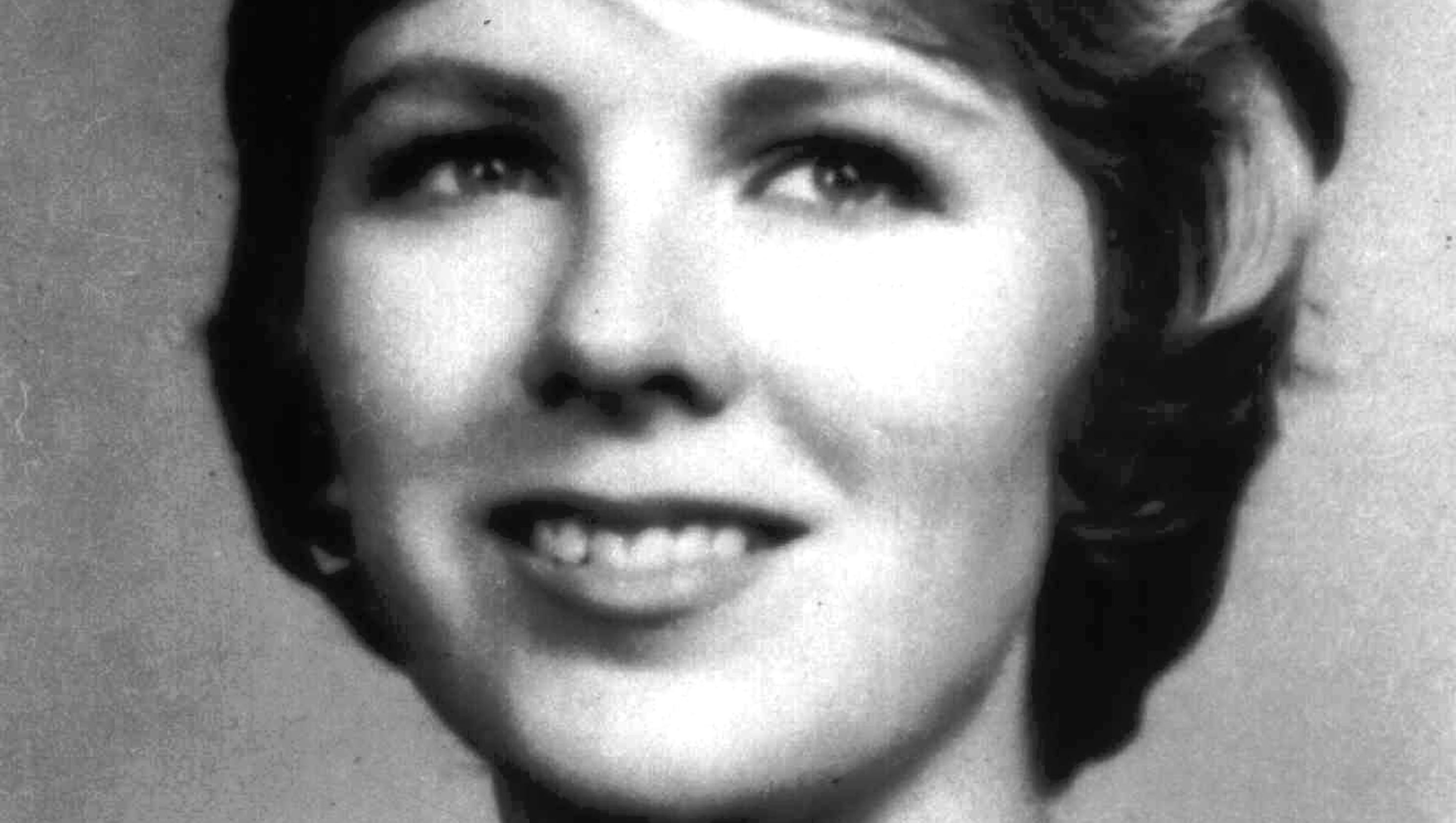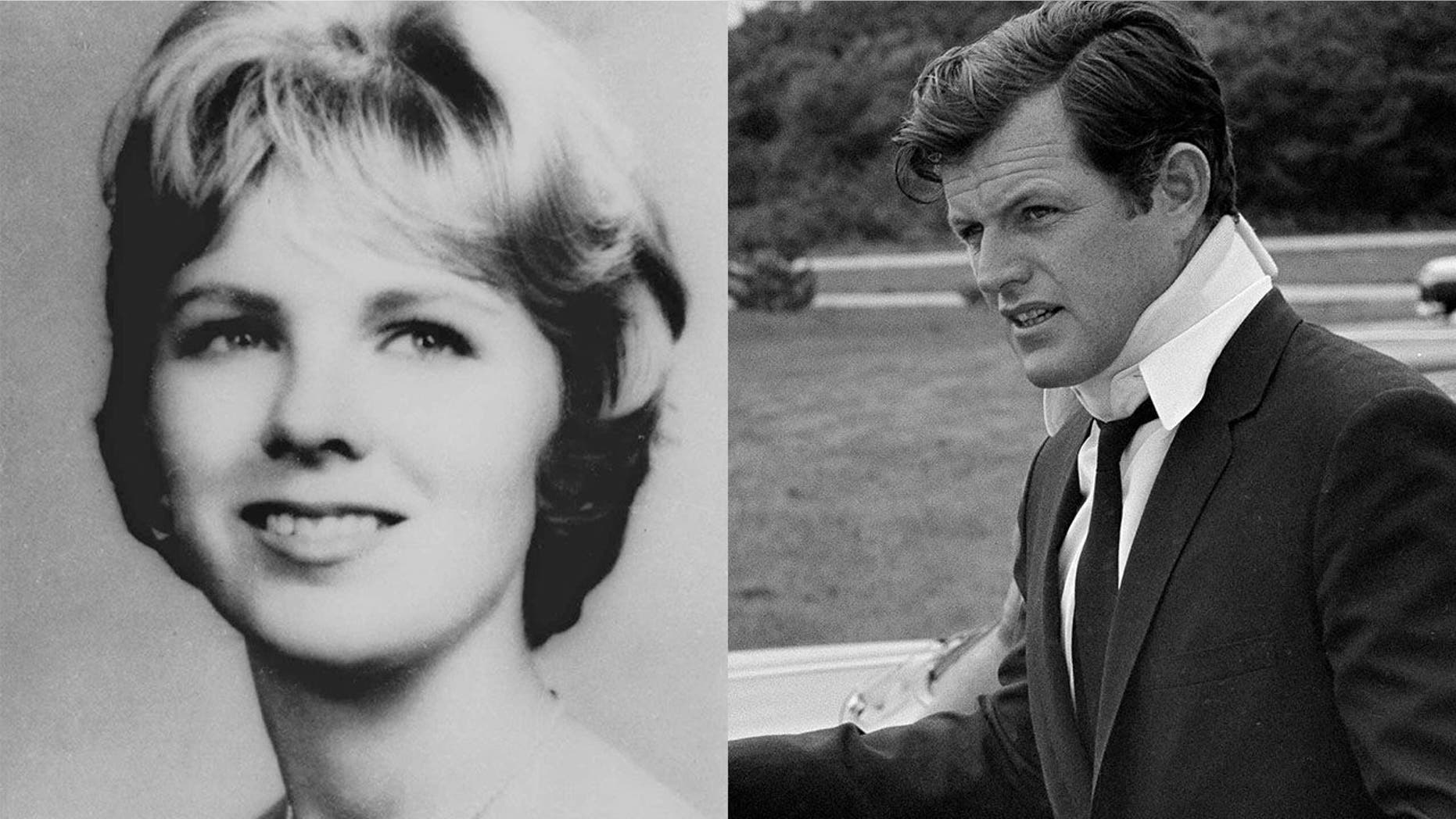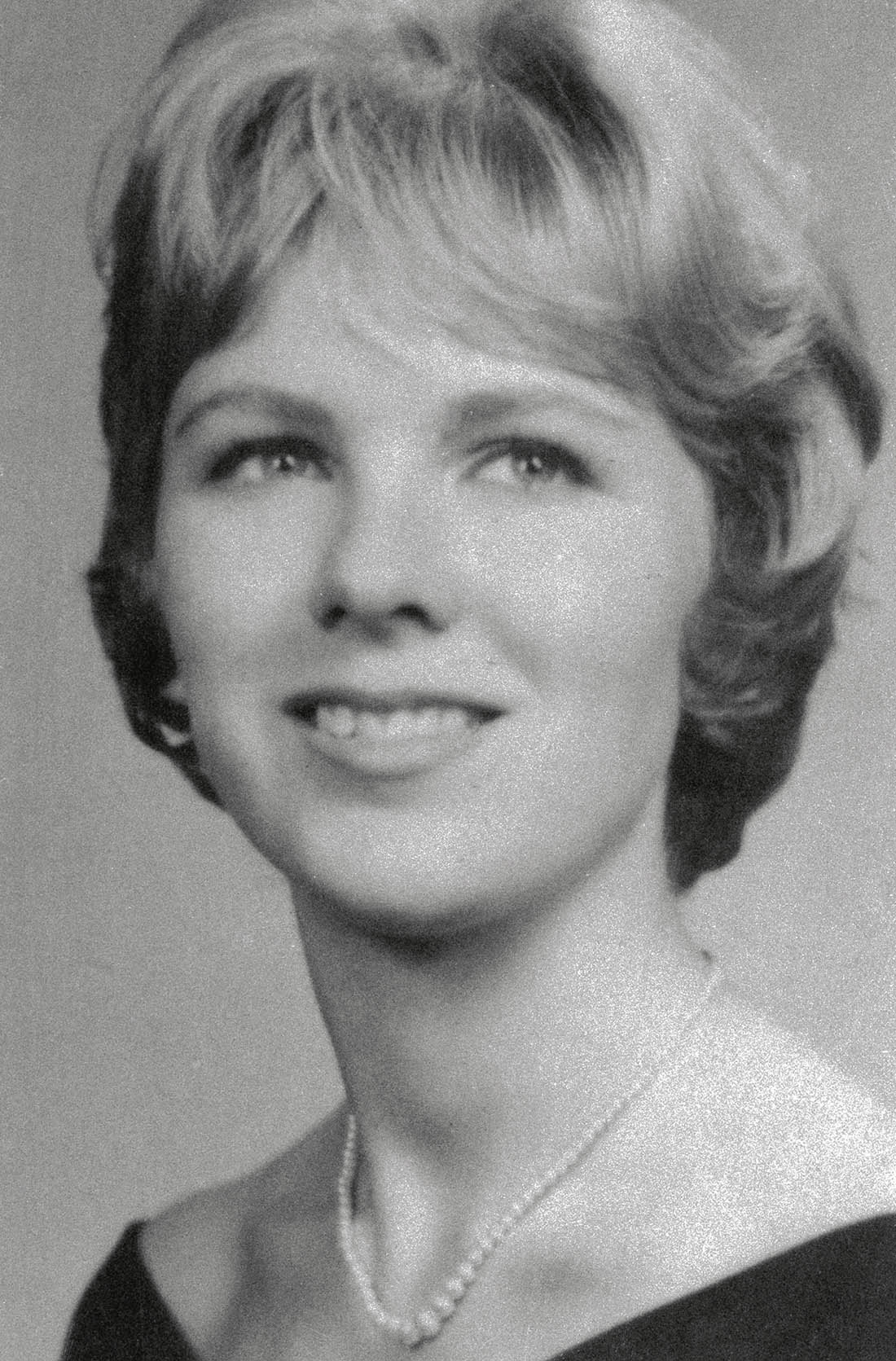Mary Jo Kopechne - A Look Back
The events surrounding Mary Jo Kopechne have, for a very long time, captured the interest of many people, and it's almost like a part of American history that just sticks with us. This story, you know, has so many layers to it, reaching far beyond just the immediate happenings on that one summer night. We're talking about a narrative that involves powerful names and a sense of deep mystery, which, in a way, has really kept folks talking for years and years.
So, we're going to take a closer look at the facts as they are known, and try to piece together what we can from the bits and pieces of information available. It's about getting a sense of the circumstances that led to a young woman's passing, and how those moments have continued to echo through time. This isn't just about dates and names; it's about the impact of these events on the people involved, and on the public's perception, too it's almost.
This discussion aims to shed some light on the various aspects of Mary Jo Kopechne's story, from the agreed-upon facts of that fateful night to other connections that have been brought up over the years. We'll explore the details that have been shared, and perhaps, gain a slightly clearer picture of a moment that has remained a subject of much conversation for a very long time, as a matter of fact.
Table of Contents
- Mary Jo Kopechne - Her Life and Background
- Who Was Mary Jo Kopechne?
- What Happened on That Night with Mary Jo Kopechne?
- Why Did Mary Jo Kopechne's Parents Turn Down an Autopsy?
- What Were the Facts Agreed Upon in the Mary Jo Kopechne Case?
- How Did Mary Jo Kopechne's Death Connect to Other Events?
- The Investigation and the People Involved with Mary Jo Kopechne
- The Lasting Impact of Mary Jo Kopechne's Story
Mary Jo Kopechne - Her Life and Background
Mary Jo Kopechne, a person whose name became widely known due to a sad event, had a life that extended beyond that particular moment. She was, you know, a young woman who had a career and connections to some significant political figures of her time. It's important to remember that before the events of July 1969, she was building a professional life for herself, working in a world that was, at that time, very much focused on public service and government activity.
She, in fact, had worked for George Smathers, a political figure, and later, she moved on to work for Robert Kennedy. This shows, arguably, a path that many young people with an interest in public affairs might have taken. Her journey through these roles suggests a dedication to the political scene, and a desire to be involved in the workings of the government. This background, you see, gives us a little bit of insight into the kind of person she was, someone who was actively participating in the world around her, as a matter of fact.
Her living situation also provides a small detail about her life; she shared a home with a roommate. This roommate's name was also Mary Jo Kopechne, which is a detail that, in a way, might cause a moment of confusion for some people. This piece of information, while seemingly small, helps paint a picture of her daily existence, showing that she had a life that was, in many ways, quite ordinary before the events that brought her name into the public eye. So, she was just living her life, you know, like anyone else, pretty much.
Personal Details - Mary Jo Kopechne
| Detail | Information |
| Name | Mary Jo Kopechne |
| Date of Passing | July 19, 1969 |
| Profession | Political staffer |
| Employer (earlier) | George Smathers |
| Employer (later) | Robert Kennedy |
| Living Situation | Lived with a roommate (also named Mary Jo Kopechne) |
What Happened on That Night with Mary Jo Kopechne?
The night of July 19, 1969, is, for many, the central point of the story involving Mary Jo Kopechne. It's the moment that, quite honestly, changed everything and became the subject of widespread discussion and scrutiny. The generally accepted information tells us that Mary Jo Kopechne was with Edward Kennedy, and they were at a place known as the Lawrence cottage. This location, it seems, was a spot where gatherings took place, which is, you know, pretty common for social events.
Edward Kennedy stated that he was going to take Mary Jo Kopechne back to her lodging place. This idea of giving someone a ride, as a matter of fact, is a common gesture, and it was presented as the reason for their departure from the gathering. The time of their departure is also a detail that has been noted, placing it late in the evening. So, this specific moment, their leaving, marks the beginning of the sequence of events that would later become so widely known, and it's really the starting point for everything that followed, basically.
The car accident that followed this departure is what, ultimately, led to Mary Jo Kopechne's passing. It's a fact that has been widely recognized and discussed for many years. The vehicle, which belonged to Edward Kennedy, was involved in an incident that resulted in a tragic loss of life. This particular event, you know, became a significant part of the public record and has been revisited countless times in various accounts and reports. It's a sad and very real part of what happened, pretty much.
The Departure of Mary Jo Kopechne
So, Edward Kennedy and Mary Jo Kopechne, as it has been stated, left the Lawrence cottage at a particular time, which was around 11:15 at night. This specific timing, you know, is a key detail in understanding the sequence of events that unfolded. The act of them leaving together, with the stated purpose of a ride back to her hotel, sets the scene for what would happen next. It's a moment that, in a way, has been scrutinized for many years, as people try to piece together the full picture.
Kennedy's assertion was that he was simply providing a means of transport for Mary Jo Kopechne to return to her place of stay. This explanation, you know, was a central part of his account of the night. The idea of a simple lift, however, became overshadowed by the tragic incident that followed shortly after. This particular claim, as a matter of fact, has been a point of focus in many discussions about the events of that evening, highlighting the stated intentions behind their departure from the cottage.
The fact that they were leaving the cottage at that late hour, with the intention of going to her hotel, is one of the foundational pieces of information about the incident. It's a detail that, pretty much, everyone who looks at the case agrees upon. This departure, and the subsequent journey, were the last moments of Mary Jo Kopechne's life before the accident. It's a very specific point in time that, as I was saying, sets the stage for the sadness that followed.
Why Did Mary Jo Kopechne's Parents Turn Down an Autopsy?
One aspect of the Mary Jo Kopechne story that has, you know, drawn a fair bit of discussion is the decision made by her parents regarding an autopsy. The source material tells us that Mary Jo Kopechne's parents chose not to go forward with the idea of a post-mortem examination. This choice, as a matter of fact, is something that has often come up in conversations about the incident, with people wondering about the reasons behind it.
The article we are referencing points out that it reveals why Mary Jo Kopechne's parents rejected the notion of an autopsy. While the specific reasons are not detailed in the text provided, the mere mention of their refusal indicates a significant decision made by her family at a very difficult time. It suggests, perhaps, a desire to avoid further public attention or to simply deal with their grief in a private manner. So, it's a detail that stands out, really.
Gwen Kopechne, Mary Jo's mother, was mentioned in a newspaper, the Herald Journal, on August 25, 1975, in relation to her daughter's passing. This reference, you know, brings a human element to the story, reminding us that there were family members deeply affected by the loss. Their decision regarding the autopsy, while not fully explained in our source, is a testament to the personal choices made by those closest to Mary Jo Kopechne during a period of immense sorrow. It's a very personal aspect of the whole situation, as a matter of fact.
What Were the Facts Agreed Upon in the Mary Jo Kopechne Case?
When we look at the Mary Jo Kopechne case, there are certain pieces of information that are, you know, generally accepted as true by many. The text we have states a desire to establish these agreed-upon facts about the case. This is an important step in any discussion, because it helps to create a common ground for understanding what happened. So, let's consider what those basic, undisputed points might be, as a matter of fact.
One of the most widely known and accepted facts is that Mary Jo Kopechne passed away in Edward Kennedy's car. This happened on a specific date, July 19, 1969. This particular detail, you know, is something that has been consistently reported and is recognized by pretty much everyone who is familiar with the story. It's the central, undeniable event that forms the core of the entire narrative, really.
The circumstances around her passing, while subject to various interpretations and discussions, begin with this fundamental point: the car accident. The fact that it involved a prominent political figure and occurred in a specific location has, you know, contributed to its lasting presence in public memory. So, these are the starting points, the things that are generally understood to be true, before we even get into any deeper questions, basically.
Another piece of information that seems to be a common understanding is that Edward Kennedy and Mary Jo Kopechne were together at the Lawrence cottage before the accident. Their departure from this location at a specific time, around 11:15 p.m., is also a widely acknowledged detail. These elements, you know, help to set the scene for the events that followed, providing a timeline for what happened that night. It's all part of piecing together the story, you know, bit by bit.
The purpose of their departure, according to Kennedy's own account, was for him to drive Mary Jo Kopechne back to her hotel. This stated intention is also part of the agreed-upon narrative, even though the outcome was tragic. These basic facts, you see, form the framework upon which all further discussions and inquiries about Mary Jo Kopechne's passing are built. They are, in a way, the foundations of the story, as a matter of fact.
How Did Mary Jo Kopechne's Death Connect to Other Events?
It's interesting to consider how the story of Mary Jo Kopechne might, you know, be linked to other significant events in history. Our text suggests that Mary Jo is also connected to the happenings surrounding the assassination of JFK. This idea of a broader connection, as a matter of fact, adds another layer to an already complex story, making people wonder about the various threads that might tie different historical moments together. It's a thought that, for some, has been a source of much contemplation.
The nature of this connection isn't spelled out in detail in the provided text, but the mere mention of it opens up a line of inquiry for those interested in the wider political landscape of that era. It hints at the possibility that Mary Jo Kopechne's life, and ultimately her passing, might be seen as part of a larger narrative involving powerful families and moments of national tragedy. So, it's not just an isolated incident, apparently, but perhaps something with deeper roots, you know.
This kind of linkage, where one event seems to touch upon another, can make a story feel even more impactful and, in a way, more mysterious. It suggests that there might be underlying currents or relationships that connect seemingly separate occurrences. The idea that Mary Jo Kopechne's name could be brought up in discussions about such a monumental event as the JFK assassination is, honestly, a very powerful suggestion, and it adds a lot of weight to her story, pretty much.
Mary Jo Kopechne and Other Connections
Beyond the direct events of July 1969, the text brings up a point about Mary Jo Kopechne's connections to other historical moments, specifically the assassination of JFK. This particular detail, you know, suggests that her story might be seen through a wider lens, rather than just as an isolated incident. It makes you wonder about the various relationships and circumstances that could lead to such a broad claim, as a matter of fact.
Her work history, moving from George Smathers to Robert Kennedy, shows her proximity to the political world and the Kennedy family. This professional path, in a way, places her within a circle where such connections might, arguably, be more likely to arise. The fact that she worked for Robert Kennedy, whose brother was JFK, is a direct link that people often consider when discussing these broader associations. So, it's not entirely out of the blue, really.
The text also mentions a roommate of Mary Jo Kopechne, whose name was Carol Tyler, and who apparently passed away in a plane crash in 1965. This detail, you know, introduces another layer of personal tragedy and, for some, might even suggest a pattern of unfortunate events surrounding those connected to certain figures. While the connection to JFK's assassination is broad, these personal details, like the roommate's passing, add to the overall picture of the people and lives affected by these times. It's just another piece of the puzzle, you know, to be honest.
The Investigation and the People Involved with Mary Jo Kopechne
Following the sad passing of Mary Jo Kopechne, there was, you know, an investigation to understand what happened. This process involved various individuals who played a part in gathering information and examining the circumstances. The text mentions some of these people, giving us a glimpse into the efforts made to understand the incident. It's a look at the steps taken to figure out the truth of that night, as a matter of fact.
One person mentioned is Ulasewicz, who, according to the text, interviewed individuals who had examined Mary Jo Kopechne's body. This suggests a careful process of gathering details from those who had direct contact with the physical evidence. The involvement of such people, you know, highlights the formal nature of the inquiry and the need to collect information from various sources. So, there were professionals looking into it, pretty much.
The text also brings up John Farrar, who was the scuba diver. He was the one who, in fact, brought Mary Jo Kopechne out of Edward Kennedy's car. Farrar was also interviewed as part of the investigation. His direct involvement in the recovery operation makes his account particularly important, as he was present at a crucial moment in the aftermath of the accident. His perspective, you know, would have been a very direct one, given what he did.
These interviews and examinations are part of the broader effort to establish what occurred. They represent the gathering of firsthand accounts and physical observations to build a picture of the event. The mention of these individuals, you see, helps us understand that there was a structured process to look into the circumstances surrounding Mary Jo Kopechne's passing, involving different people with different roles in the investigation. It's about getting all the pieces together, really.
The Lasting Impact of Mary Jo Kopechne's Story
The story of Mary Jo Kopechne has, without a doubt, left a lasting mark on public consciousness. It's a narrative that has been discussed, debated, and revisited many times over the years, becoming, in a way, a part of the fabric of American historical memory. The events of that July night in 1969, you know, continue to spark conversations and inquiries, even decades later. It shows how some moments just stick with people, really.
The involvement of a prominent political family, the Kennedys, certainly contributed to the widespread attention the incident received. This connection, as a matter of fact, elevated the story beyond a simple car accident, turning it into a matter of national interest and political consequence. The public's awareness that Mary Jo Kopechne passed away in Edward Kennedy's car on that specific date has remained a consistent piece of shared knowledge, pretty much.
Even today, when Mary Jo Kopechne's name comes up, it often brings with it a sense of unresolved questions and enduring fascination. The layers of the story, from the immediate events to the broader suggested connections, ensure that it remains a topic of discussion for those interested in history and public affairs. It's a reminder that some events, you know, have a way of echoing through time, shaping perceptions and prompting continued reflection, as I was saying.

Chappaquiddick: The Mary Jo Kopechne you should know

Chappaquiddick, Ted Kennedy scandal that left a young woman dead

Ted Kennedy’s Chappaquiddick Incident: What Really Happened - History